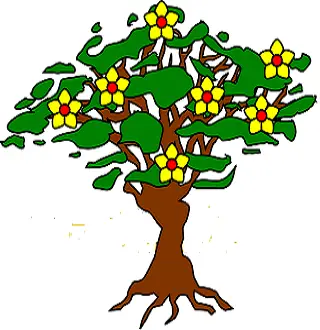Biomimicry is a field with great promise for innovators-- and for beginning of the year discussion in classrooms-- even for English language learners. In this newsletter issue I want to get back to some vocabulary practice. Several fascinating (but not too difficult) articles and talks on biomimicry are great vocabulary sources too.
The two articles and TED talk suggested here are excellent English practice, whether you are studying English on your own or teaching a class with English learners.
The easiest English is the TED talk (as well as being useful for watching/listening and also reading the transcript.) However, some classrooms cannot access talks, so I also included two articles that could be printed out.
The first, 14 Smart Inventions Inspired by Nature , is long. (Each discussion is just a
paragraph, with a helpful photo-- but there are 14 of them!)
However, it would make a great jigsaw reading. Split your class into 7 groups of about three to six students (depending on class size) and give each group two of the paragraphs to read and discuss. You could ask them to write an even shorter summary of what each product does and what it got from the creature it is mimicking.
They could then re-form into 4-5 groups (assuming 28-35+ students in class) of seven or more students-- one (or more) from each of the original groups-- to compare notes and possibly choose 2-3 favorite innovations, and then compare with other groups’ choices.
Alternately, the original groups could decide which idea (of the two ideas they read about) they like best. They could select a spokesperson to briefly present it to the class. If your students are high school age or above, they could even discuss if they would invest in that product (if they had a
little money they could invest.)
That article refers several times to an inspiring TED talk from 2009. Ms. Benyus shows a picture of a valley in the springtime, and suggests, “Imagine designing spring... Imagine the timing, the coordination... This happens every year. There is lots of showing off. (She’s referring to courtship rituals.)... There's lots of grand openings” (with a picture of a flower bud).
She goes on to discuss a number of innovations that were inspired by nature, from the bullet train and desalination plants mentioned in the article above, to making cement in a way that sequesters carbon instead of increasing greenhouse gases (with a “recipe” they got from corals) to producing lighter-weight bridges and construction materials by copying the ways bones and trees reinforce stress points.
Popular Science gives an overview of the potential of biomimicry to change systems rather than just create products. It offers a thought-provoking picture of a more sustainable future through using nature’s efficient, non-toxic processes.
The only problem with the article is that it is more abstract, and so potentially harder (too hard?) for younger students or less fluent English learners. It’s worth checking out-- judge for yourself if your students could follow it. It would make for an even richer discussion of the potential of biomimicry.

Follow the Clues (Vocabulary Practice):
This “short” newsletter has gotten much longer than I planned! I’ll keep the vocabulary part brief.
In the articles above, there are repeated mentions of
biology and biologists, biodiversity, biomimicry, and biomimetic. What do they have in common? “Bio”-- the Greek root meaning life. (Antibiotics and the biosphere share the same root. For more, see Greek Roots.)
Mimicry and mimetic come from the Greek word ‘mimesis’ which means imitation or representation. (So do the Latin ‘mimus’ and the English words mimic, mime, and mimeograph.)
A note if you get gmail: Have you missed any issues of English Detective? if you find English Detective in your Promotions box, you can move it to your Primary box (if you want) by clicking on it and dragging it there, then clicking Yes when asked if you want to always get it in the Primary box.
If you are not already getting English Detective, you can subscribe by completing the form
here. (It's free!)
Also, you can reach me by mail at 1752 Driftwood Drive, El Centro, CA 92243, USA.
|

